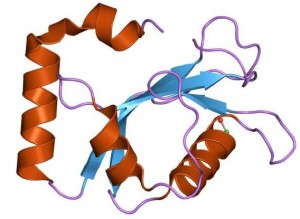MONDAY, 14 MARCH 2011
It has been known for many years that after an incident there is a large increase in putrescine in the brain. Putrescine is derived from amino acids, the building blocks of proteins, and is a polyamine with important roles in cell survival and division. It has been an ongoing argument whether putrescine produced after a seizure has a beneficial or damaging effect on the brain. Work in tadpoles, which serve as a suitable model for neurochemical studies of epilepsy, has finally been able to show that putrescine helps to prevent subsequent events.The team at Brown showed that after an initial seizure tadpoles were much less likely to have further episodes when exposed to seizure-inducing stimuli. However, when putrescine production was inhibited this protection was lost; when the polyamine level was increased, the tadpoles had even fewer seizures than normal. Further research showed that the protection effect occurred after putrescine was metabolised into GABA, a neurotransmitter that calms activity in the brain [1].
The researchers suggest that putrescine may be an effective new drug target for epilepsy treatment. Although their work also adds to our understanding of normal regulation of brain activity, they caution that much more research is needed before this new knowledge will be of direct benefit to human cases [2].
Written by Jonathan Lawson

